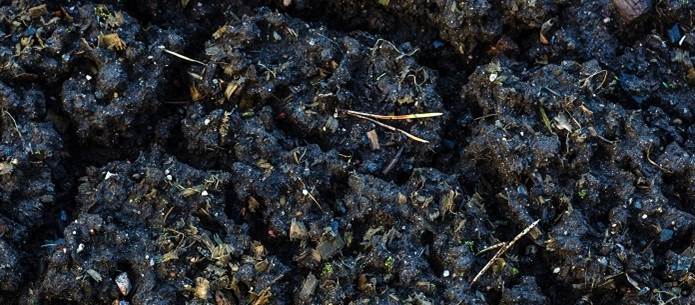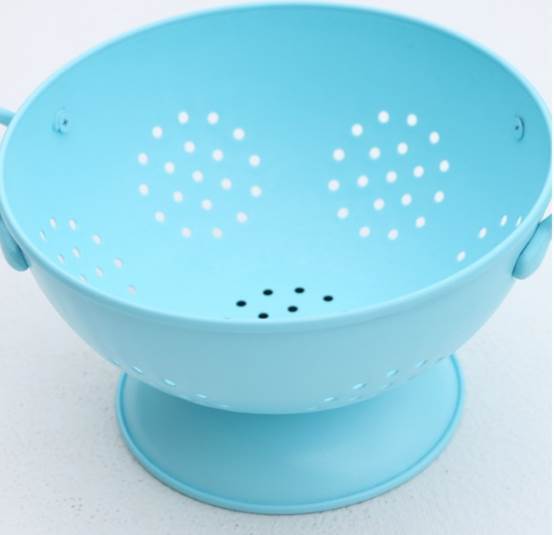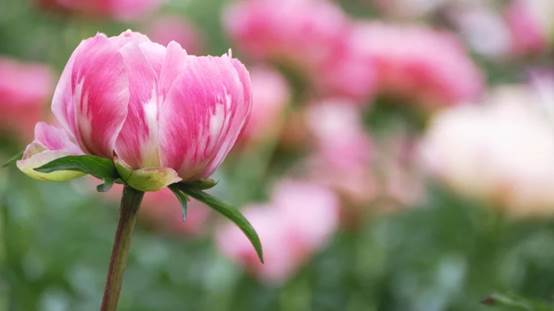Help your soil retain moisture in a hot and dry climate

If you don't have heavy rain this season, you will want to use the soil that holds moisture to calculate each drop of water.
Soil management is an important part of every gardener's life. The longer you have been growing plants, the more you find that they can thrive only when the soil in which they grow is also a thriving, balanced mixture. However, the choice of soil is closely related to the local climate-which is why hot and dry areas often encounter unique problems. If you expect hot weather and low rainfall in the coming weeks, consider how these techniques can help keep your soil high enough to keep your plants healthy and happy. If you are using an irrigation system, you will be surprised at how much water you save when you use these techniques.
Mixed organic matter
Mix compost into the soil
Many soils tend to be sandy and discharge the water they receive almost immediately, or clay sides, which can make the water inaccessible even if retained for a long time. One of the best ways to help any type of soil is to add organic matter, such as compost or peat moss, any of which can well absorb water and drain it over time. The added benefit of organic matter is that it can also provide the soil with sufficient nutrients that cannot be found at all. Using these amendments every year will not only help your plants grow, but also keep them getting the water they need on particularly hot days.
Make root protection (such as straw, rotten leaves, or plastic film) your friend
A mulch can effectively prevent excessive evaporation in hot weather. For example, a layer of sawdust may become very hot, but the water discharged into the soil through them will take longer to evaporate again. Choose mulch according to the cold-resistant area where you live, the materials native to that area, and the materials suitable for your specific plants. Always remember that thick mulch is very useful for reducing irrigation tasks. You still need to move it aside to assess the dryness of the soil, but it's worth it.
Keep a weed bed, but use the weeds!
Make good use of these weeds!
Most people don't think of weeding as such, because they often weed gardens just to maintain the health of their factories and the beautiful beds of their gardens, but in fact weeding is a good measure to conserve water. On the one hand, weeds sip water greedily, otherwise you may be used by your favorite plants. However, when you weed the bed, any samples that are actually removed will usually dry in the sun, and some of the moisture will have a positive impact on the surrounding environment. If you are worried that weeds will take root again and restore stronger weeds, you can put all your organic matter in the composting box, and moisture will help turn everything into useful soil for the future.
Try polymer water crystal
Polymer water crystal
If your plant still dries too fast, you want to try a synthetic method. Look for polymer water crystals in the local nursery. These crystals expand like gelatin when they come into contact with water. Instead of draining or evaporating most of the water, they slowly release water, exposing plants to water for a long time. Although technically not a "natural" solution in most environments, these little guys are very helpful for gardeners who are not ready to run immersion hoses or complex irrigation systems through their beds but still want to keep their plants hydrated throughout the day.
Choose the plant that suits your environment
One of the most effective strategies to keep soil moisture at a level that allows plants to thrive is to cheat: use only plants that are used to your living environment! Many of us choose plants according to what attracts us and what looks beautiful, but some of these plants are not easy to grow in hot and dry climates. On the contrary, if you choose plants that can survive in hot and dry conditions and remain hardy, then watering efforts will not be so ruthless. The above techniques still apply, but if the plants have been used to dry the soil, they will work better and produce more dynamic gardens.
By choosing the right kind of plants, weeding widely, and repairing the soil by keeping more water without flooding, you can create a positive garden environment. Even in hot and dry climates, this soil is more likely to produce the beautiful flowers, fruits and vegetables you want, without wasting any water when irrigating. A practical gardener can save a lot of their own time by prioritizing mulch and organic matter from the first day of the growing season.
- Prev

It is also good to plant succulent plants in a metal filter pot.
First, prepare a metal filter pan. I like these filter pots with small holes because they are good for drainage and do not allow the soil to fall out. I first put some gravel at the bottom of the metal filter pan, which can help.
- Next

Some suggestions on planting Paeonia lactiflora
When the first giant peony blossoms, you want to touch it and live in the gorgeous flower. This perfume is emitted by the air of late spring, so it is recommended not to inhale too much. Flowers in all those magnificent gardens.
Related
- Wuhan Hospital Iron Tree Blooming Result Was Instantly Frightened by the Gardener Master
- Which variety of camellia is the most fragrant and best? Which one do you like best?
- What is the small blue coat, the breeding methods and matters needing attention of the succulent plant
- Dormancy time and maintenance management of succulent plants during dormancy
- Minas succulent how to raise, Minas succulent plant pictures
- What are the varieties of winter succulent plants
- How to raise succulent plants in twelve rolls? let's take a look at some experience of breeding twelve rolls.
- Attention should be paid to water control for succulent plants during dormant period (winter and summer)
- Watering experience of twelve rolls of succulent plants
- Techniques for fertilizing succulent plants. An article will let you know how to fertilize succulent plants.

